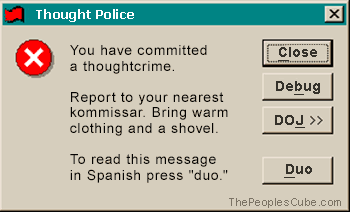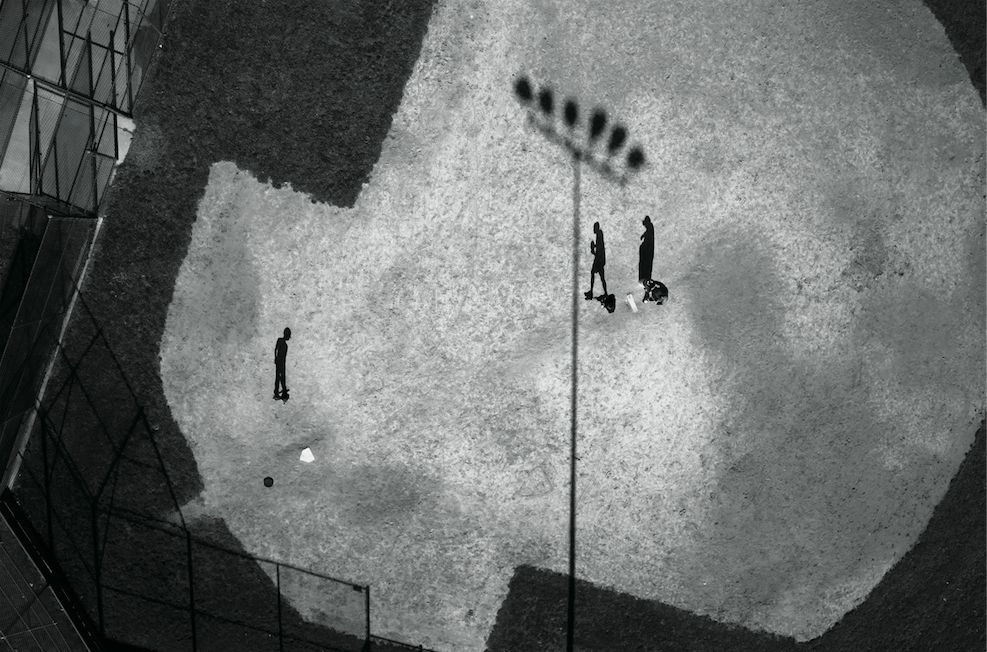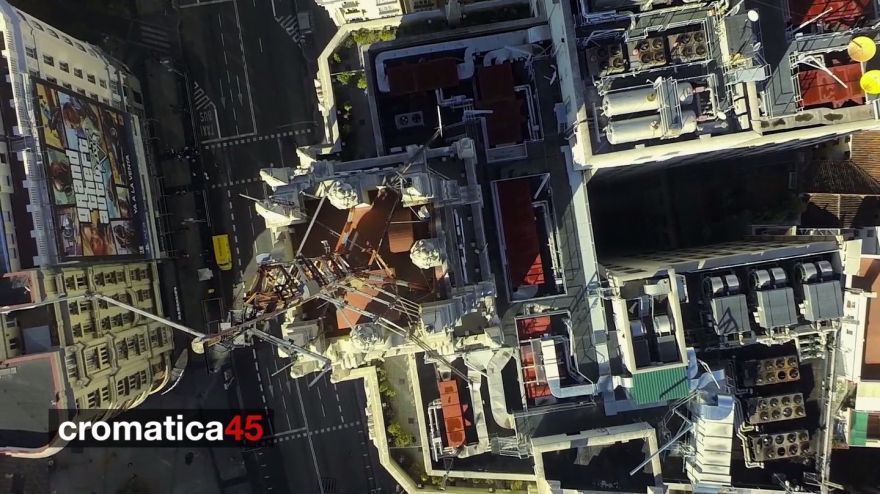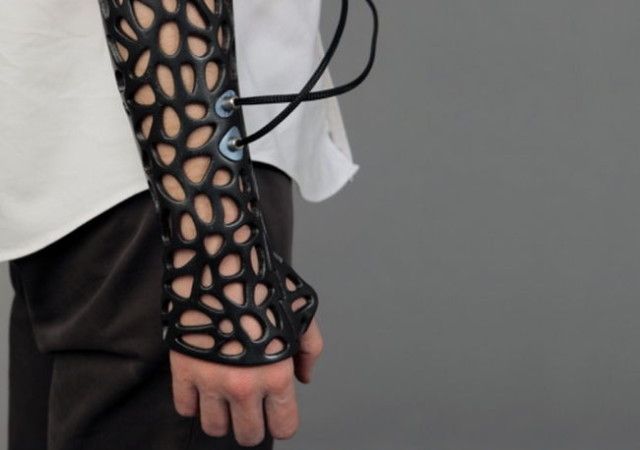Apr 22, 2014
Could Mind-reading Technology Become Harmful?
Posted by Harry J. Bentham in categories: counterterrorism, cybercrime/malcode, ethics, government, law enforcement, neuroscience, security, singularity, transhumanism
From CLUBOF.INFO
The increasing detail at which human brains can be scanned is bringing the possibility of mind-reading appliances closer and closer. Such appliances, when complete, will be non-invasive and capable of responding to our thoughts as easily as they respond to keys on a keyboard. Indeed, as emphasized in the Lifeboat Foundation’s 2013 publication, The Human Race to the Future, there may soon be appliances that are operated by thought alone, and such technology may even replace our keyboards.
It is not premature to be concerned about possible negative outcomes from this, however positive the improvement in people’s lifestyles would be. In mind-reading appliances, there are two possible dangers that become immediately obvious.
Danger 1: “Thought police”
Brain-machine interfaces have many possibilities that deserve to be explored by science. However, there are also potentially dystopian threats presented by this technology. Even technologies like personal computers, which were seen as liberating to the individual and not aligned with powerful governments, have also become windows that regimes can use to spy on their citizens.
Continue reading “Could Mind-reading Technology Become Harmful?” »

 The crisis in super symmetry physics is causing physicist to search for a new physics. Could this new physics be non-particle based? A physics closer to General Relativity than to either Quantum or String theories?
The crisis in super symmetry physics is causing physicist to search for a new physics. Could this new physics be non-particle based? A physics closer to General Relativity than to either Quantum or String theories? The video blog shows 2 of the 400 experiments I conducted between September 1999 and at least April 2001, maybe later. I used various weight measuring scales, battery packs and power supplies. These experiments convinced me that something was a miss with contemporary physics, thus leading to my 12-year study into gravity modification.
The video blog shows 2 of the 400 experiments I conducted between September 1999 and at least April 2001, maybe later. I used various weight measuring scales, battery packs and power supplies. These experiments convinced me that something was a miss with contemporary physics, thus leading to my 12-year study into gravity modification.












